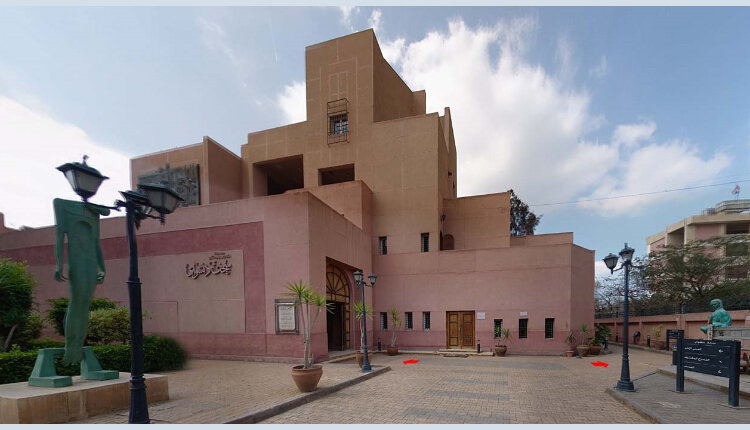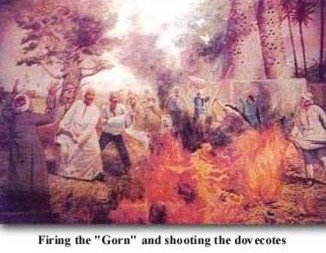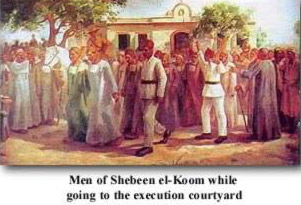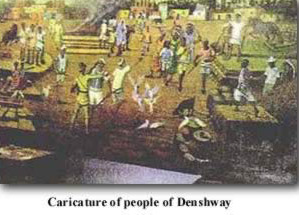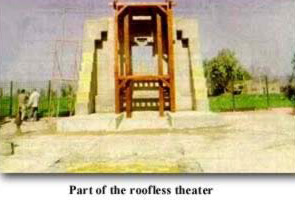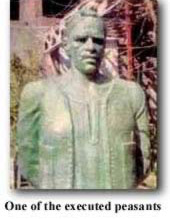The Denshway Museum was constructed in 1963 honoring the Denshway martyrs in June 1906.
The museum was designed to narrate the Denshway incident chronologically starting from the occupation of the English troops of the village to the trial and executions.
The museum contains exhibitions of the village including pigeon towers, watermills, portraits of major characters in the incident, and British guns.
In 1906, a number of British officers hunted pigeons, angering the villagers, especially after an officer shot and killed a woman from the village and burned a wheat container.
Villagers quarreled with the officers who managed to escape, but one of them suffered from a heatstroke, collapsed, and died. Villagers approached him and tried to help him by providing water, but when British soldiers saw the villagers around the officer’s body they killed them.
Lord Cromer, the British ambassador to Egypt at the time, ordered the officers to arrest more than 50 Egyptian villagers for a trial.
During the trials 21 were found guilty of whom 4 were hanged, seven flogged, and 10 received prison sentences without hope of appeal.
After the trial, a number of demonstrations broke out, and removed Lord Cromer form his position in Egypt.
The Denshway incident forever remains a sign of the Egyptian pride, nationalism, struggle, and dignity.
